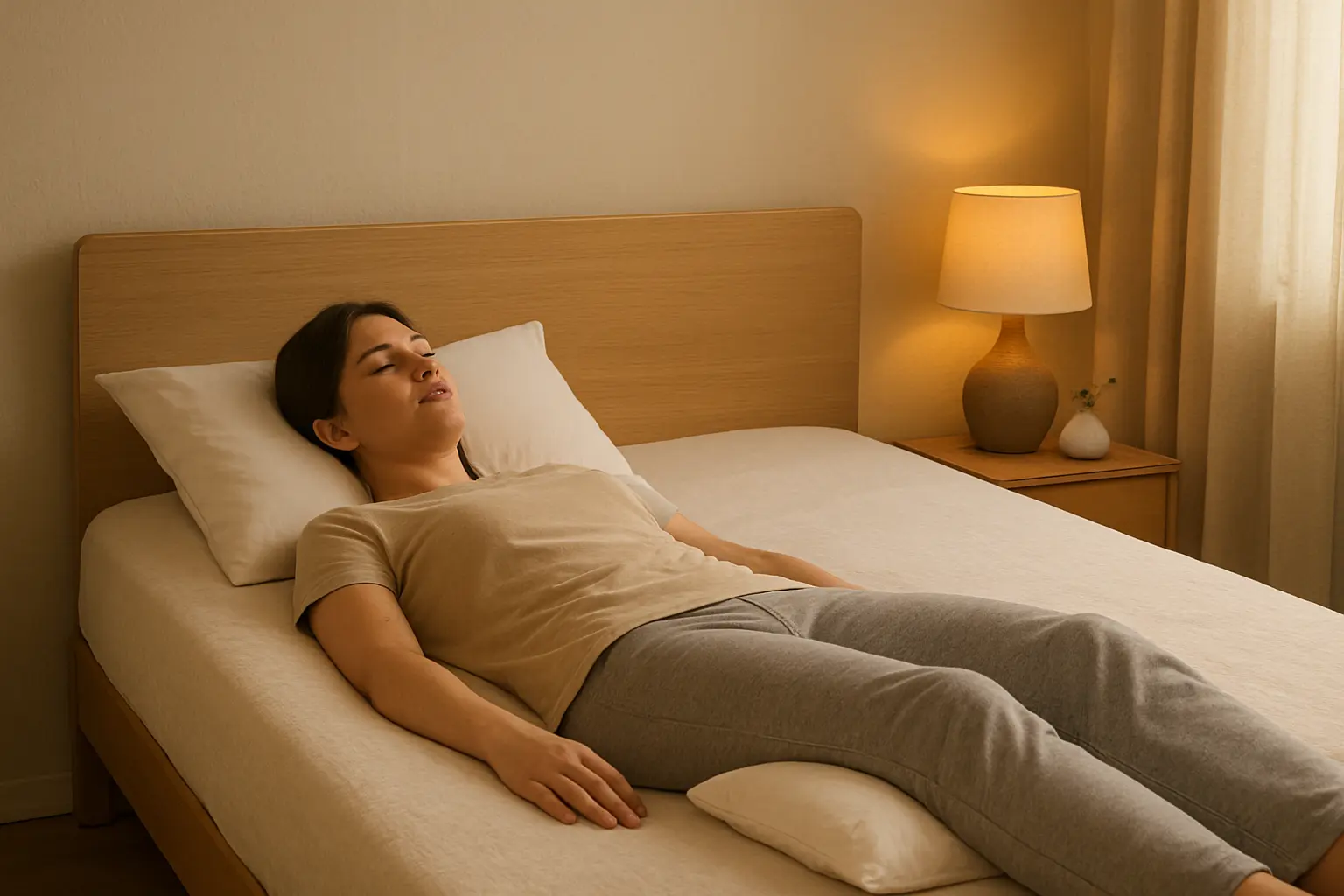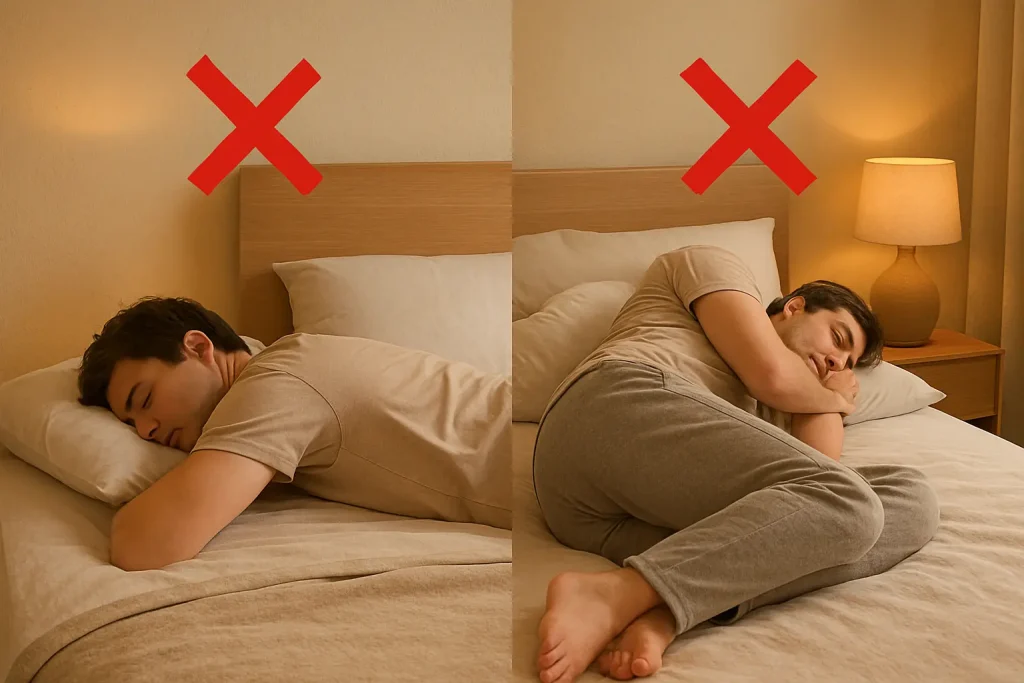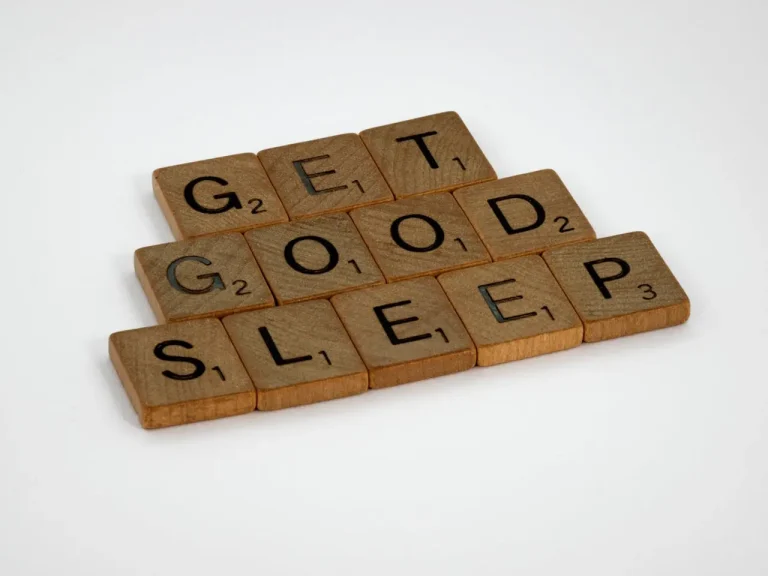Sleep is one of the most restorative functions of the human body, yet many people struggle to find rest due to anxiety and back pain. While lifestyle factors and stress management play a role, sleep position is often overlooked as a simple but powerful contributor to better sleep quality and overall well-being.
The way the body is positioned during sleep affects spinal alignment, muscle tension, and even the nervous system. Choosing the right sleep posture can help reduce physical discomfort and promote a sense of calm, making it easier to fall asleep and stay asleep.
Why Sleep Position Matters for Anxiety and Back Pain
Sleep position influences how the body recovers overnight. Poor alignment can lead to increased pressure on the spine, muscles, and joints, contributing to chronic pain. For individuals with anxiety, certain positions may also impact breathing patterns and nervous system regulation, which are closely tied to emotional states.
Back pain and anxiety often coexist, creating a cycle of discomfort and restlessness. A supportive sleep posture can help interrupt this cycle by reducing physical strain and encouraging deeper, more restorative sleep.
Optimal sleep positions promote:Your Weekly Wellness Boost
- Neutral spine alignment
- Reduced pressure on joints and muscles
- Improved breathing and circulation
- Lower activation of the sympathetic nervous system
Understanding the mechanics of sleep posture is the first step toward improving sleep quality and managing symptoms more effectively.
The Best Sleep Position: Side Sleeping with Support
Side sleeping, particularly on the left side, is widely recommended for individuals dealing with anxiety and back pain. This position supports spinal alignment and reduces pressure on the lower back. It also encourages better digestion and circulation, which can contribute to overall relaxation.
To enhance comfort and reduce strain:
- Place a pillow between the knees to align the hips and reduce tension in the lower back
- Use a supportive pillow under the head to maintain neck alignment
- Keep arms relaxed and slightly forward to avoid shoulder compression
This position helps minimize physical discomfort while supporting the body’s natural ability to regulate stress and promote calm.
Alternative Positions: Back Sleeping with Modifications
Sleeping on the back can also be beneficial, especially when modified to support the spine and reduce muscle tension. This position allows for even weight distribution and minimizes pressure points.
To optimize back sleeping:
- Use a pillow under the knees to maintain the natural curve of the lower spine
- Choose a medium-firm mattress to prevent sinking and misalignment
- Avoid overly thick pillows that elevate the head too much, which can strain the neck
Back sleeping may also support diaphragmatic breathing, which is known to activate the parasympathetic nervous system and reduce anxiety symptoms.

Positions to Avoid: Stomach Sleeping and Twisted Postures
Stomach sleeping is generally discouraged for individuals with back pain or anxiety. This position flattens the natural curve of the spine and often requires the head to be turned to one side, which can lead to neck strain and misalignment.
Twisted or asymmetrical positions—such as curling into a tight fetal posture or sleeping with one leg elevated—can also contribute to muscle tension and joint discomfort. These positions may restrict breathing and increase physical stress, making it harder to relax and fall asleep.
Avoiding these postures can help reduce nighttime discomfort and support more restorative sleep.

Creating a Sleep Environment That Supports Healthy Positioning
Sleep position is only one part of the equation. The sleep environment plays a crucial role in maintaining proper posture and promoting relaxation. A well-designed sleep setup can reinforce healthy habits and reduce physical and emotional strain.
Key elements include:
- A mattress that supports spinal alignment without excessive softness or rigidity
- Pillows that match sleep position needs (e.g., firmer for side sleepers, flatter for back sleepers)
- A quiet, dark, and cool room to support nervous system regulation
- Consistent sleep and wake times to reinforce circadian rhythm stability
Combining optimal sleep posture with a supportive environment can significantly improve sleep quality and reduce symptoms of anxiety and back pain over time.






